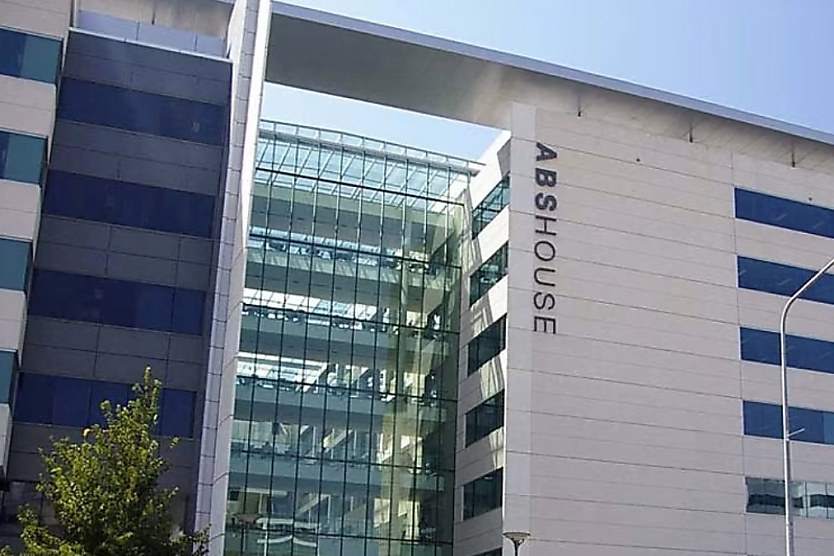Public sector pay deals touted as ‘main contributor’ to surprise wage jump
SHARE THIS ARTICLE

The Wage Price Index (WPI) data was released today (14 May) by the Australian Bureau of Statistics for the March 2025 quarter, showing a 3.4 per cent annual increase.
According to the Australian Bureau of Statistics (ABS), the WPI rose 0.9 per cent in the March quarter of 2025, with a total increase of 3.4 per cent annually.
“Annual wage growth ticked up for the first time since the June quarter 2024,” said Michelle Marquardt, ABS head of prices statistics.
“The 3.4 per cent increase in wages for the year to the March quarter 2025 was higher than the 3.2 per cent to the December quarter 2024, but lower than the 4.0 per cent at the same time last year.”
In terms of the individual sectors, the public sector wages rose 1 per cent, whereas the private sector rose 0.9 per cent in the March quarter of 2025.
Annually, the private sector also lagged the public sector, with their wage growth residing at 3.3 per cent from the December quarter 2024. Meanwhile, the public sector increased to 3.6 per cent in the March quarter 2025, up from 2.9 per cent in the December quarter 2024.
“Private sector wage growth was also influenced by administrative wage adjustments due to the Stage 3 Aged Care Work Value Case, and the Early Childhood Education and Care Worker Retention Payment. It was also impacted by regular March quarter wage and salary reviews,” said Marquardt.
Marquardt touted enterprise agreements (EAs) as the main contributor to wage growth, claiming that the “larger than usual March quarter contribution” from EA-covered jobs was mainly driven by the new state-based enterprise agreements across the public sector.
“Wages growth in the public sector was impacted by new state-based enterprise agreements, and to a lesser degree, increases paid to aged care workers,” said Marquardt.
“Jobs covered by enterprise agreements contributed to over half of all quarterly growth, for the first time since September 2020.”
Along with the pay deals struck between state governments and their workers, the recent pay rise afforded to childcare and aged-care workers via the Fair Work Commission in an attempt to remedy historical “gender-based undervaluation” is set to further boost wage growth in the coming year.
Ben Thompson, chief executive of Employment Hero, claimed that the data fails to capture the full extent of what’s happening across small and medium-sized enterprises throughout Australia.
“The latest ABS data confirms wages are rising, but it doesn’t capture the full extent of what we’re seeing in real-time across more than 300,000 SMEs. Employment Hero’s data shows much stronger overall wage growth – up 2.8 per cent over the quarter from January; wages are rising, especially for younger workers and frontline industries,” said Thompson.
“It’s a good time to be changing jobs or entering the market, and employers are clearly under pressure to offer more to attract and retain talent.”
Thompson claimed that blue-collar roles were driving the wage momentum.
“What’s really interesting is that it’s blue-collar roles powering this wage momentum. The biggest gains aren’t coming from corner offices or coding hubs, they’re coming from construction sites and small businesses hiring at the coalface of the economy,” said Thompson.
“But there’s a flipside. While pay packets are growing, hours worked aren’t keeping pace. That gap raises big questions about productivity, sustainability, and whether wage growth is being driven by genuine efficiency or short-term competition for labour.”
“It’s a dynamic that deserves close attention. If businesses are paying more but not getting more output in return, that could spell trouble down the track.”
Kace O'Neill
Kace O'Neill is a Graduate Journalist for HR Leader. Kace studied Media Communications and Maori studies at the University of Otago, he has a passion for sports and storytelling.

